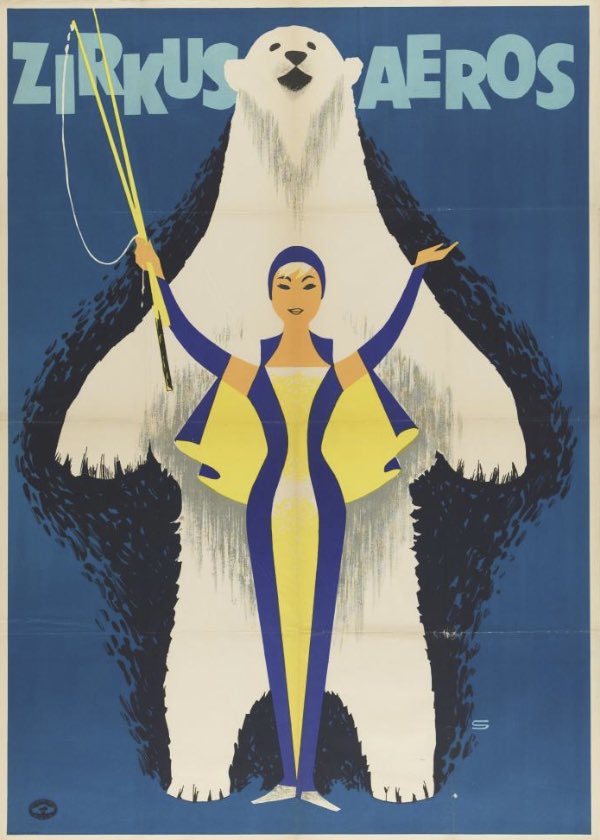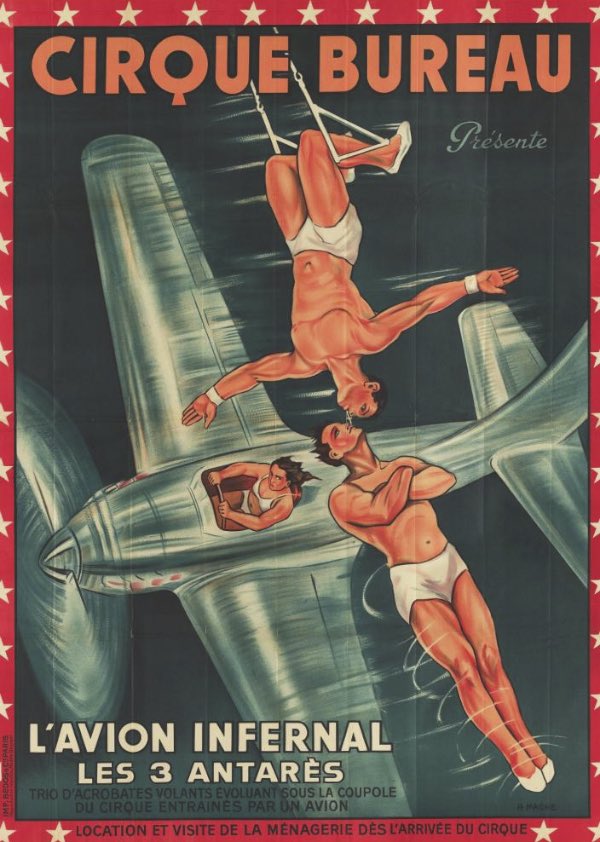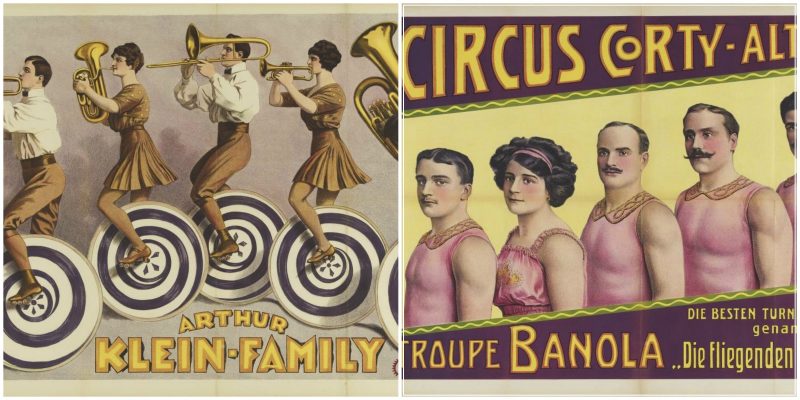Nowadays, we are witnesses of the extinction of Circus, there are less and less circus performances from year to year. However, Circus was once the most popular entertainment that every little town or big city impatiently waited to come. The origins of Circus come from 1768 in Britain by the inventor Philip Astley, he presented shows that include horse riding, acrobats, music and clowns. As the Circus has evolved with time, so did the posters. Take a look at the vintage Circus posters through time.
1910
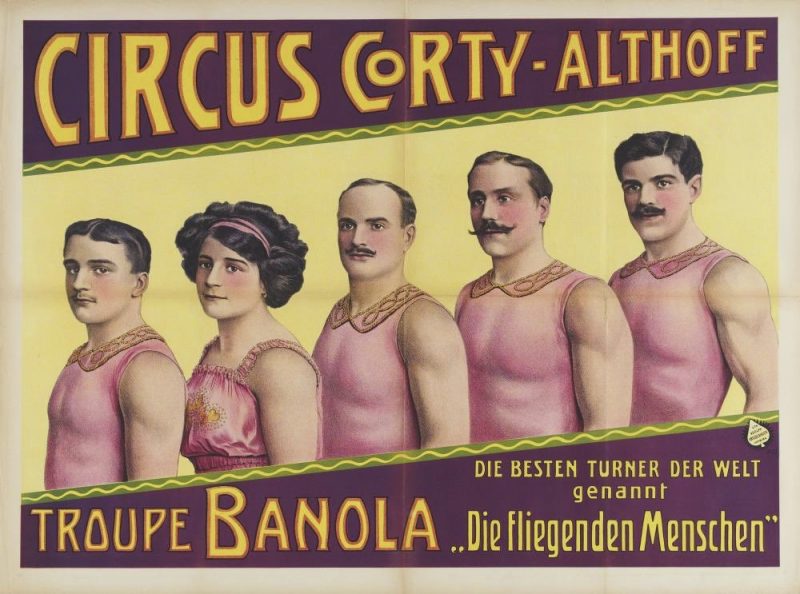
1913
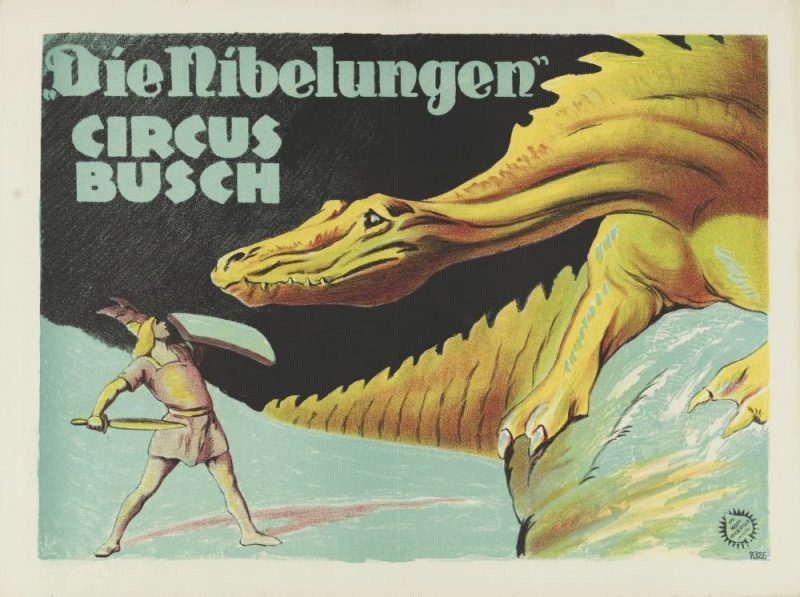
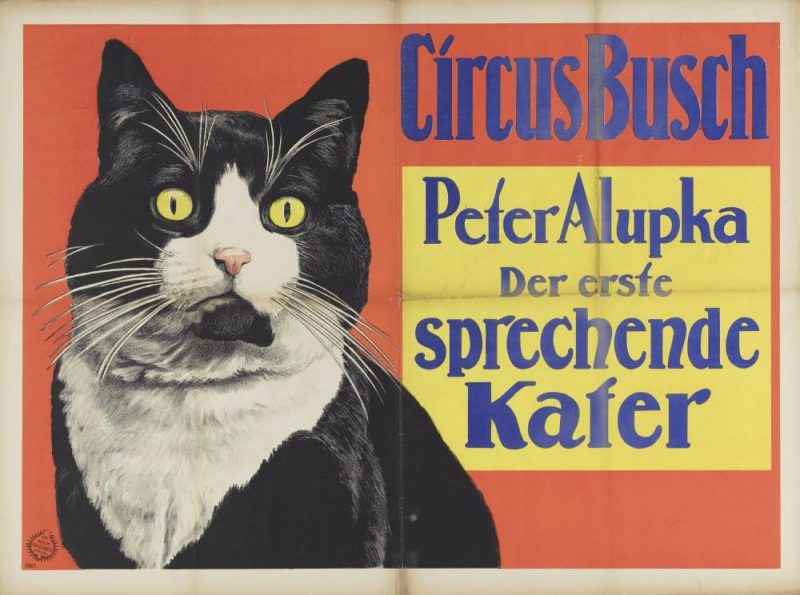
1915
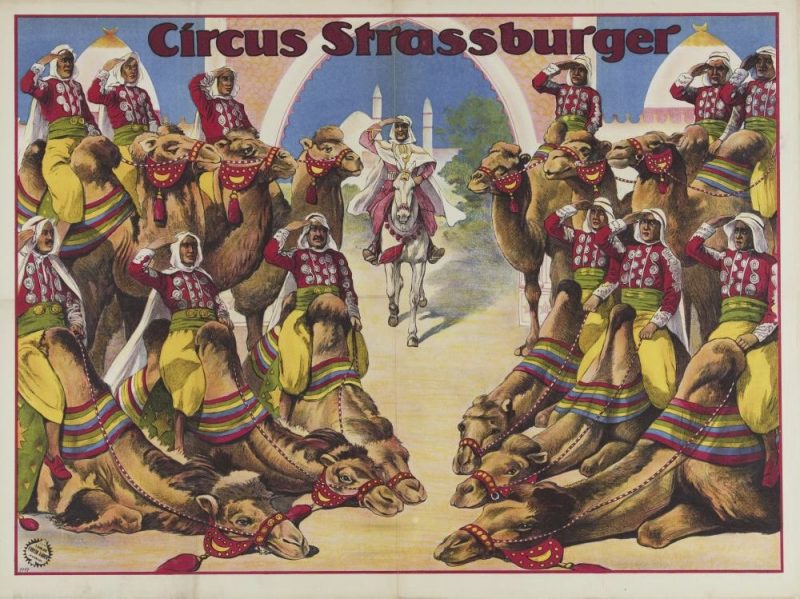
1916
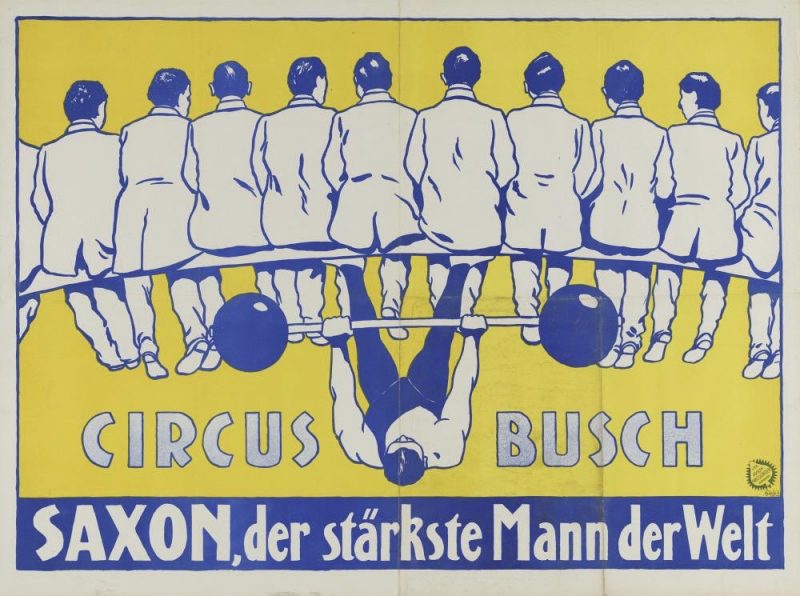
For many, circus history begins with Englishman Philip Astley, while for others its origins go back much further—to Roman times.In Ancient Rome, the circus was a building for the exhibition of horse and chariot races, equestrian shows, staged battles, gladiatorial combat and displays of (and fights with) trained animals. The circus of Rome were similar to the ancient Greek hippodromes, although circuses served varying purposes and differed in design and construction, and for events that involved re-enactments of naval battles, the circus was flooded with water. The Roman circus buildings were, however, not circular but rectangular with semi circular ends. The lower seats were reserved for persons of rank, There were also various state boxes for the giver of the games and his friends.
The circus was the only public spectacle at which men and women were not separated. Some circus historians such as George Speaight have stated “these performances may have taken place in the great arenas that were called ‘circuses’ by the Romans, but it is a mistake to equate these places, or the entertainments presented there, with the modern circus” Others have argued that the lineage of the circus does go back to the Roman ‘circuses’ and a chronology of circus related entertainment can be traced from Roman times through medieval and renaissance jesters, minstrels and troubadours to the late 18th century and the time of Astley
1923
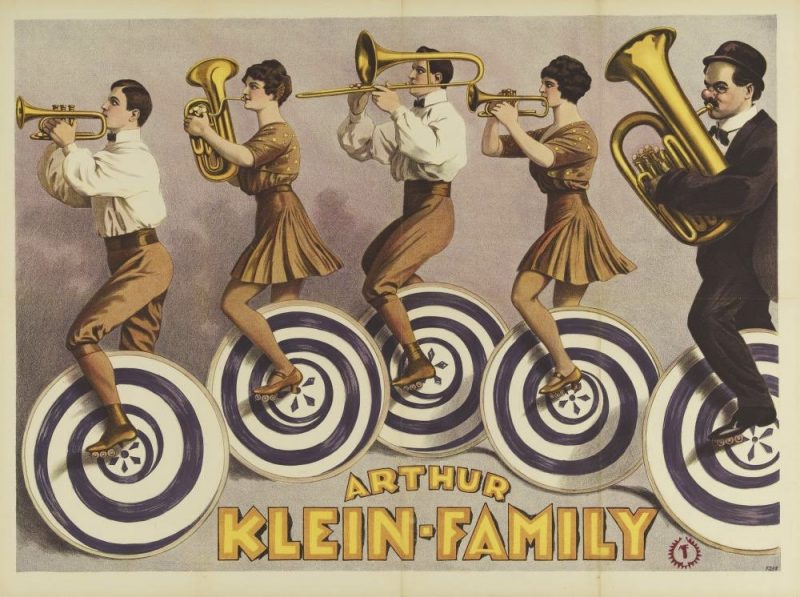
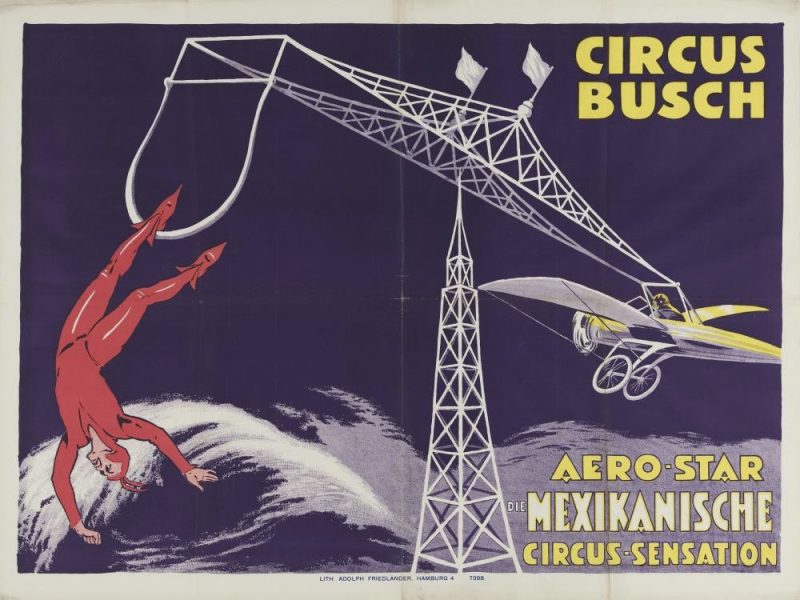
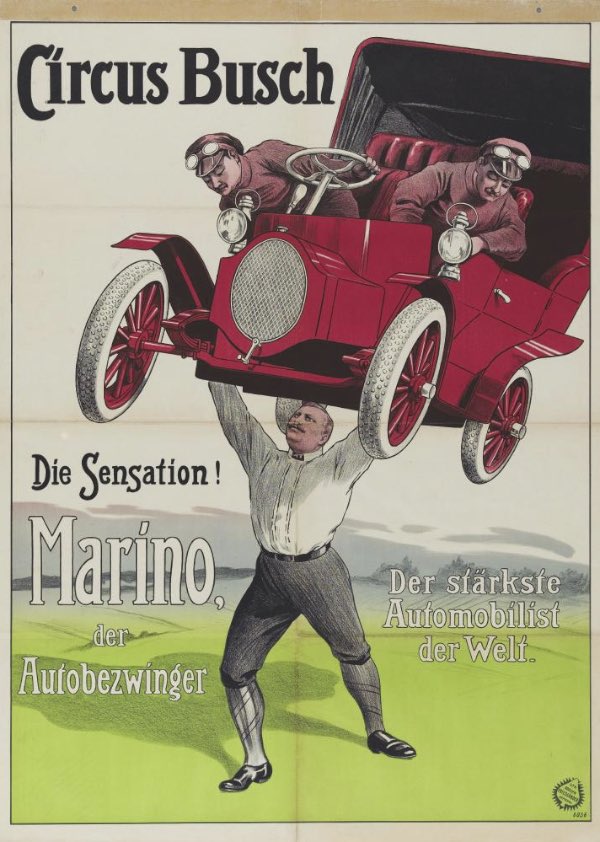
Astley did not originate trick horse riding, nor was he first to introduce acts such as acrobats and clowns to the English public, but he was the first to create a space where all these acts were brought together to perform a show.Astley performed stunts in a 42 ft diameter ring, which is the standard size used by circuses ever since. Astley referred to the performance arena as a Circle and the building as an amphitheatre but these were to later be known as a Circus. Astley was followed by Andrew Ducrow, whose feats of horsemanship had much to do with establishing the traditions of the circus, which were perpetuated by Henglers and Sangers celebrated shows in a later generation. In England circuses were often held in purpose built buildings in large cities, such as the London Hippodrome, which was built as a combination of the circus, the menagerie and the variety theatre, where wild animals such as lions and elephants from time to time appeared in the ring, and where convulsions of nature such as floods, earthquakes and volcanic eruptions have been produced with an extraordinary wealth of realistic display. Joseph Grimaldi, the first mainstream clown, had his first major role as Little Clown in the pantomime The Triumph of Mirth; or, Harlequin’s Wedding in 1781. The Royal Circus opened in London on 4 November 1782 by Charles Dibdin and his partner Charles Hughes. In 1782, Astley established the Amphithéâtre Anglais in Paris, the first purpose-built circus in France, followed by 18 other permanent circuses in cities throughout Europe. Astley leased his Parisian circus to the Italian Antonio Franconi in 1793
1926
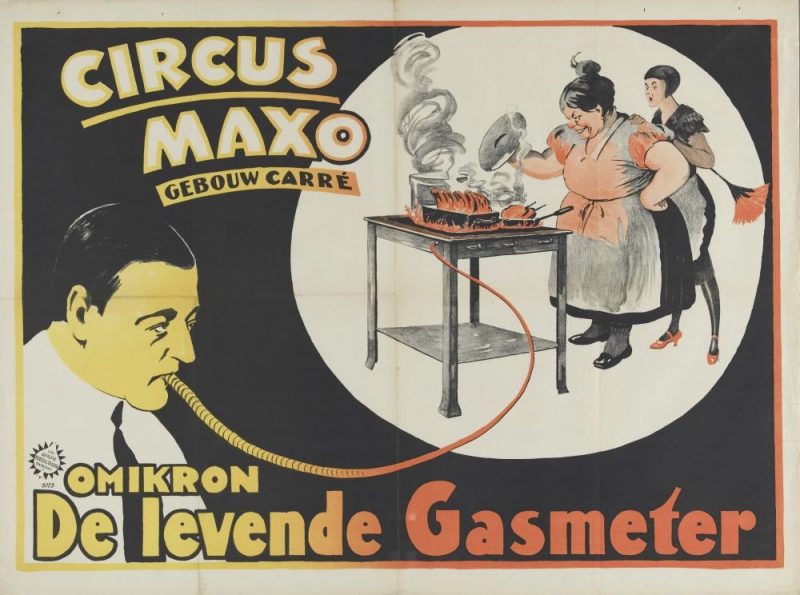
1927
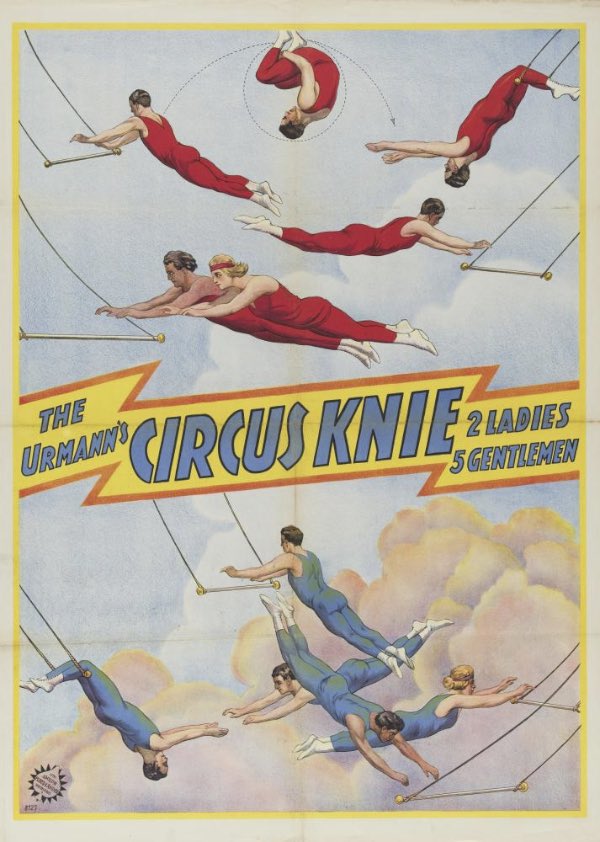
1930
1932
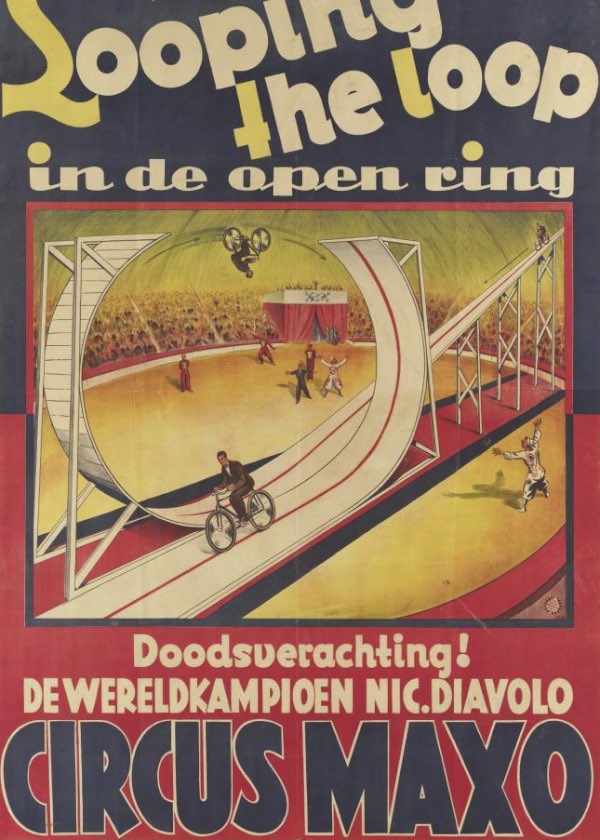
1935
1967
